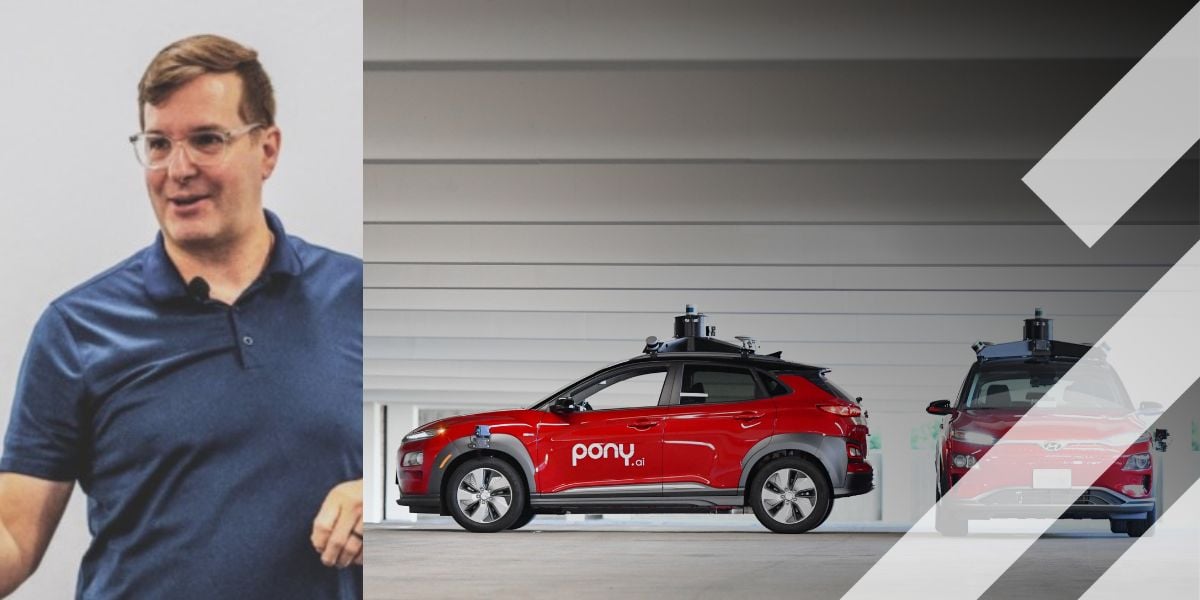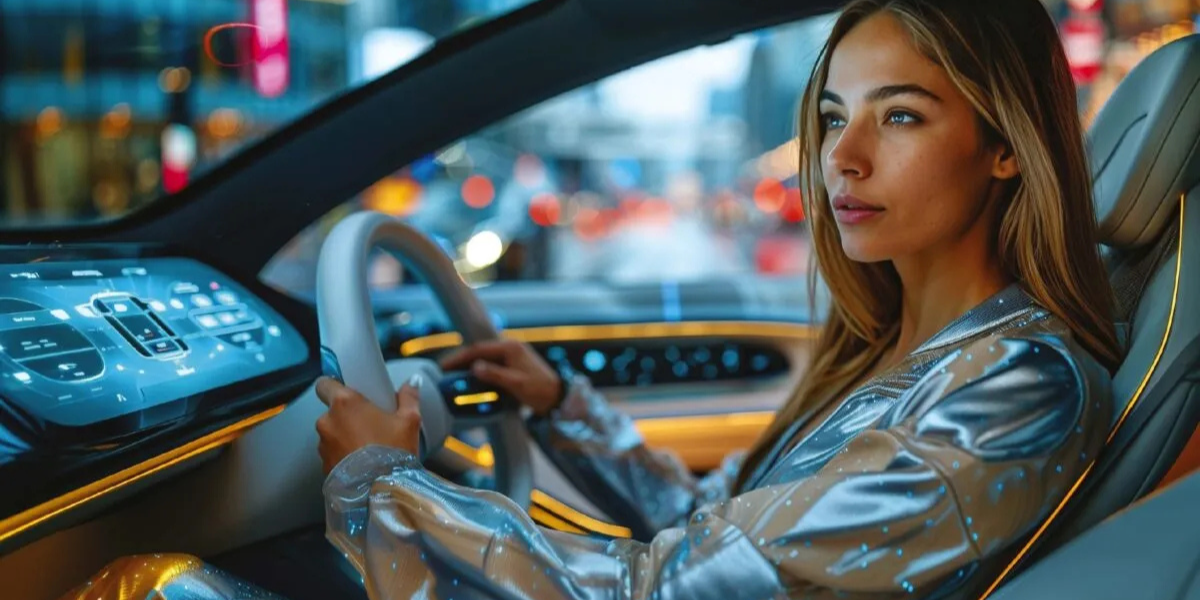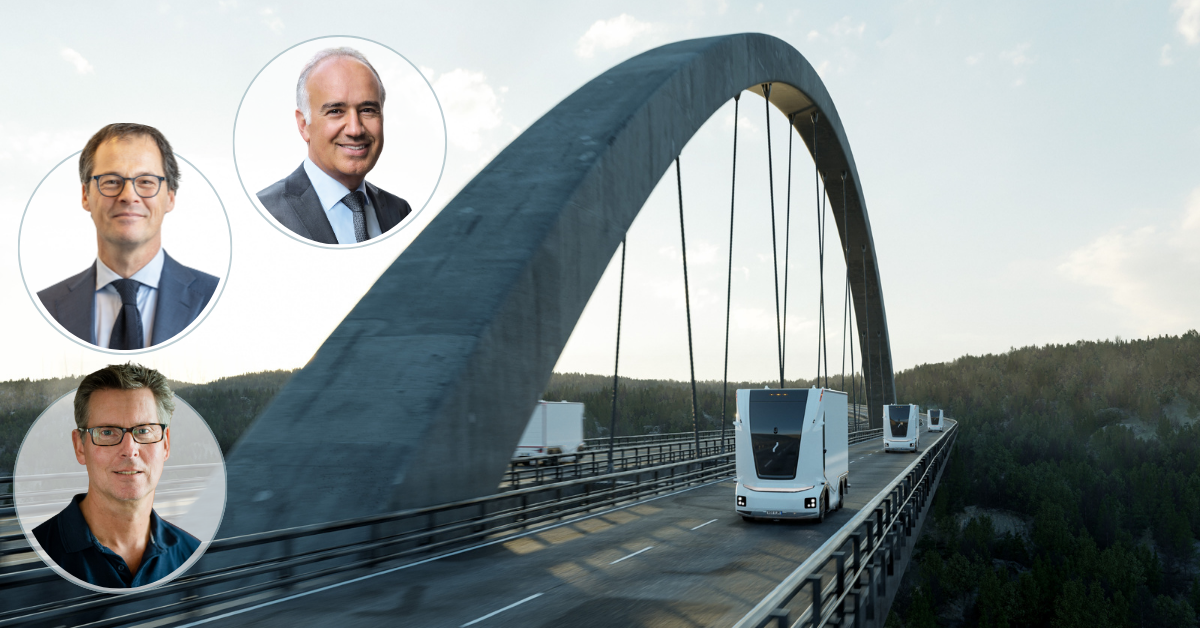Webinar on connected driving: Everything is connected
A wise man (Phil Tarnoff, one of the founding fathers of the intelligent transportation systems (ITS) sector in the US, in fact) once said that the main issue holding back the widespread implementation of ITS was that it was made all the harder by the notion that we’re driving 21st century cars on what are essentially 19th century roads. He was generalising, of course, but it was an incredibly valid point. The sixth instalment of Intertraffic's webinar series moderated by ITS UK’s Paul Hutton, picked up on Tarnoff’s thread: Connected Road Users Need Connected Road Networks. You simply cannot have one without the other but how do we go about making that a reality?
The three speakers of Navtech Radar, Monotch and Austriatech gave highly engaging insights into how their organisations were setting about the task of connecting those connected road users with the roads they are using.
Watch the recording
Text
SMART CONNECTIVITY
Shayan Afshar of Navtech Radar addressed the ever-evolving topic of connecting smart infrastructure with connected and autonomous vehicles.
"On board sensors will not be enough to provide full autonomy for vehicles in the future. As cars become more autonomous, transport authorities must ensure roads are future-ready, prepared, safe and smart," he says.
The key, though, is to ensure the smooth transition to fully automated mobility and Afshar’s thoughts on how best to tackle this onerous task were fascinating.
"Smart infrastructure has to be connected with connected and autonomous vehicles in order for traffic to able to keep moving efficiently, whilst keeping passengers and pedestrians safe. Data can be transmitted from roadside sensors to vehicles providing critical ground-truthing of autonomous vehicles and lifesaving beyond-the-horizon detection for all CAV vehicles. Investing in smart infrastructure today enables a smooth transition to autonomy in the future."
Among the benefits of drivers being connected to the infrastructure are the ability to join a motorway safely, the detection of accidents ahead, advance warning of debris, animals or pedestrians on the carriageway, and improvement in the safety of road workers.
CO-OPERATION IS THE KEY
AustriaTech’s Martin Böhm provided a heartfelt update on the progress of European C-ITS (Co-operative ITS) deployment, emphasising the importance of team-work and togetherness. "The C in C-ITS stands for co-operation," he said. "Every single one of us is part of the process to make our roads safer. C-ITS is well underway."
"When it comes to improving safety and efficiency of road transport, C-ITS services are to be regarded as a key enabling technology," says Böhm. "Several stakeholders from the policy and industry sector have empowered the ventures made so far with C-ITS services. The European Commission, together with Member State representatives, municipalities, OEMs and technology providers have aligned their efforts and found a preliminary peak in the C-Roads Platform. C-Roads unites 18 European States with coordinated national pilots and cross-site testing activities to achieve transnational interoperability and is currently preparing a sustainable rollout of services."
Böhm also provided an update on the deployment status of C-ITS G5 roadside units and an overview of the current state of play. With the first C-ITS services operational, new EU Member States coming on board and the 43 committed cities set to be added to, C-ITS is in a remarkably healthy position.
RELIANCE ON SCIENCE
Lessons learned from TLEX, a large-scale C-ITS data exchange project in the Netherlands, together with news from European projects, formed the basis of Paul Potters’ presentation. Potters, director of smart mobility at Monotch after a distinguished career with ITS Connekt in the Netherlands, explained how users have to be able to count on up-to-date information and driving advice across national borders.
The TLEX-platform is used in several large-scale implementations as a central C-ITS data exchange hub and as building block in various national and international C-ITS implementations such as Talking Traffic, Intercor and Concorda.
As for its national roll-out in the Netherlands, it’s fair to say that this was not without its challenges but one that the technology came through with flying colours.
"Everybody will understand this case had lots of technical challenges," says Potters. "With over a billion messages per day and a maximum latency well below 50 milli seconds, all the tech people had some work to do. However, there were bigger challenges such as aligning all the different authorities, aligning the market including companies used to competing each other, aligning the authorities and the market and ascertaining if all the organisations involved had set aside part of their own interests for the greater good.
"Honestly, there’s absolutely no way that we could have done this without the support of the national government. They created the circumstances that were essential."
By offering road users new driver assistance services using fast data transfer, they are connected to each other and to roadside systems and are able to receive real-time information on speed, lane choice, merging and exiting traffic, road works and road hazards while driving.
"Certain road users can also be given priority over others, for example at intelligent intersections. These intersections not only know that traffic is approaching, but also what type of traffic and with which destination and quantity and time. For example, traffic lights can stay green for a longer period in case of approaching heavy trucks, so that they do not need to brake or accelerate. With this we prevent additional emissions and we stimulate the flow," he says.
"By properly coordinating traffic flows and individual road users, travel times will become shorter and traffic safety and air quality will improve."
Upcoming webinars
27 OCT Parking as integral part of the seamless travelling experience
24 NOV The path to autonomous driving
15 DEC Digital infastructure to cater for more data flows
For more information and registration go to www.intertraffic.com/webinars
Share your story
Do you have an innovation, research results or an other interesting topic you would like to share with the professionals in the infrastructure, traffic management, safety, smart mobility and parking industry? The Intertraffic website and social media channels are a great platform to showcase your stories!
Please contact our Sr Brand Marketing Manager Carola Jansen-Young.
Are you an Intertraffic exhibitor?
Make sure you add your latest press releases to your Company Profile in the Exhibitor Portal for free exposure.
Get up to speed on the mobility industry - our newsletter straight to your inbox!








